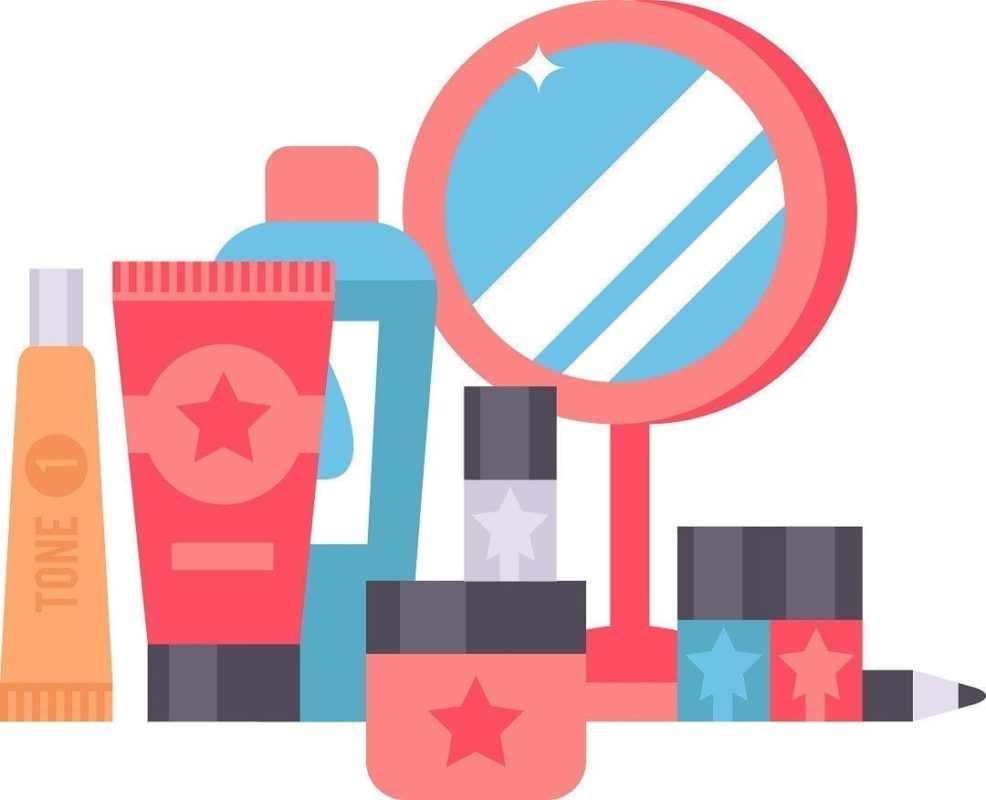Beauty Blog
How to Use Color Correcting Makeup
Color correcting makeup has become all the rage over the last few years because they help to even out your face, they cover blemishes, and they provide the basic ground work needed to effectively sculpt the right contour lines with your foundation. To get the most out of them, though, you need to understand exactly which colors are used for which effects. Without that, even the most sophisticated correction kit will not help, but when you use color matching effectively, it’s possible to cover any blemishes or facial features—even the evidence of a full beard.
Step 1: Understand the Color Wheel
The first and most important thing you need to do to get the most out of your color correcting concealers is to learn how to perform color cancellation. For that, you need to either look at or memorize the color wheel. You might remember it from art class—it shows how the primary and secondary colors blend from one to the next and establishes opposites like green and red.
When you are looking to color correct your face, you need to put opposite colors together. So, for example, if you are looking to cancel out brown and blue bruising, a yellow base helps. Green tones out redness easily, helping to reduce signs of acne and other conditions that cause redness. Similarly, if you are looking to wash out subtle signs of excess hair, you need to realize that follicles tend to have a slight blue shift. The best way to compensate for that is pinks and reds.
Step 2: Know Your Color Correction Options
Like other concealers, color correcting makeup is designed to fill a variety of needs, so it comes in a variety of formats:
- Powders: These help you to lay down color correction makeup over a broad area, and they can be incredibly useful for blending and evening, especially if you have a mixed color corrector. They might not be the most powerful for individual blemishes though.
- Creams: Like with other concealers, a cream or stick is going to be easy to apply and thick enough to really work, but it can be over-applied and you do need to be sure that it is set before adding other layers of makeup.
- Liquids: Last but not least, liquids are powerful and can be left to set completely before you add other concealers or makeup, but they do take a bit of practice to get right, and they can be easy to over-apply for beginners.
Step 3: Know how to Preserve Layers
Last but not least, you will need to practice with your color correcting makeup to make sure you know how to pat on the foundation and concealers that will help you balance your face and achieve the presentation that you are looking to achieve. If you apply layers too aggressively or you do it without waiting for things to set, you will only wind up smearing your color correction, making it less effective.
Follow these steps with any of the color correction options available at the LaLa Daisy store to begin mastering this powerful makeup technique.

